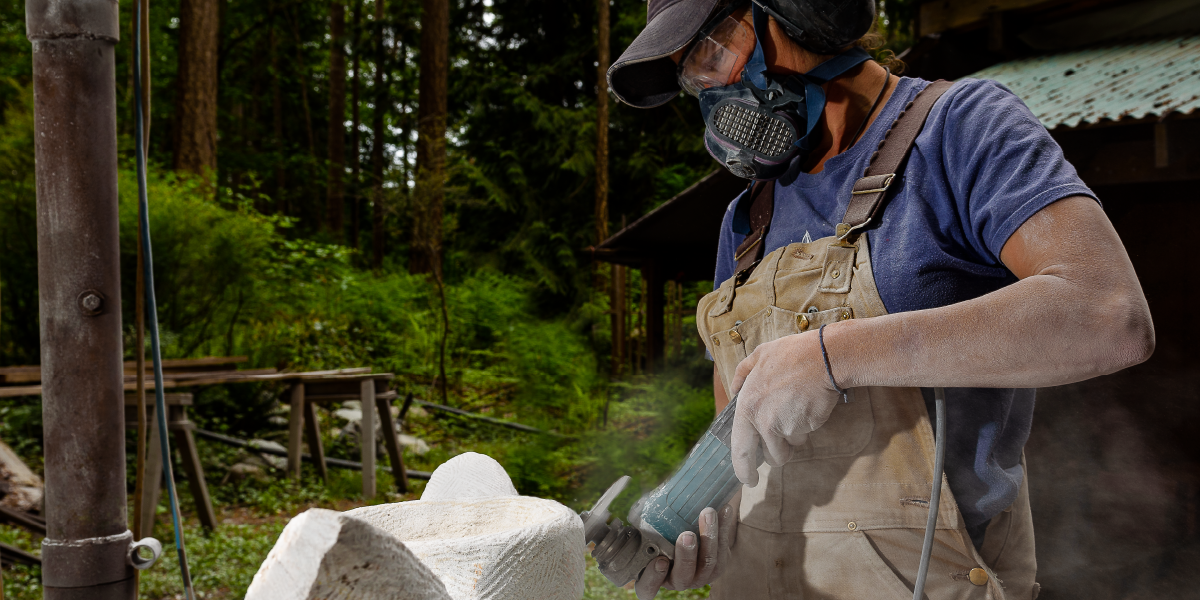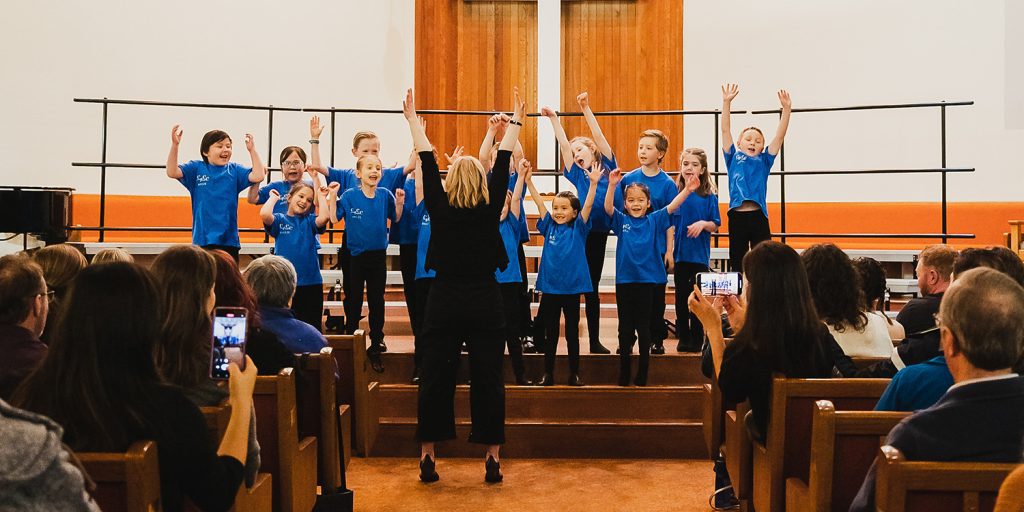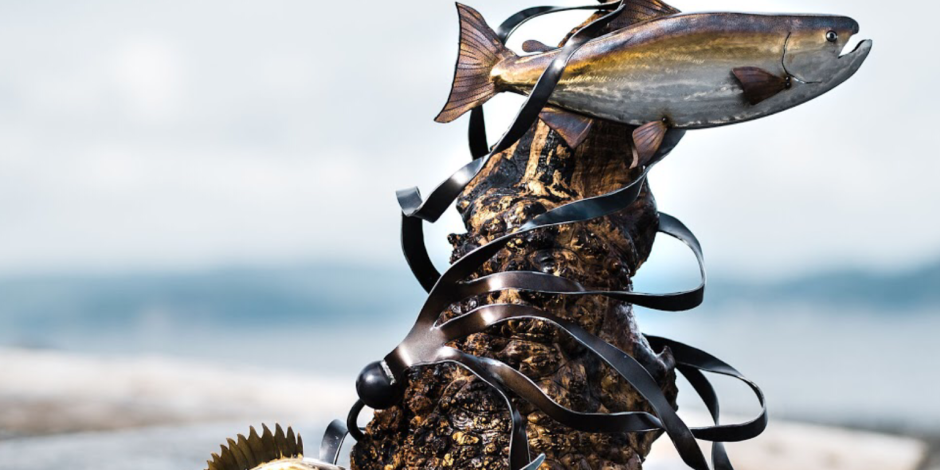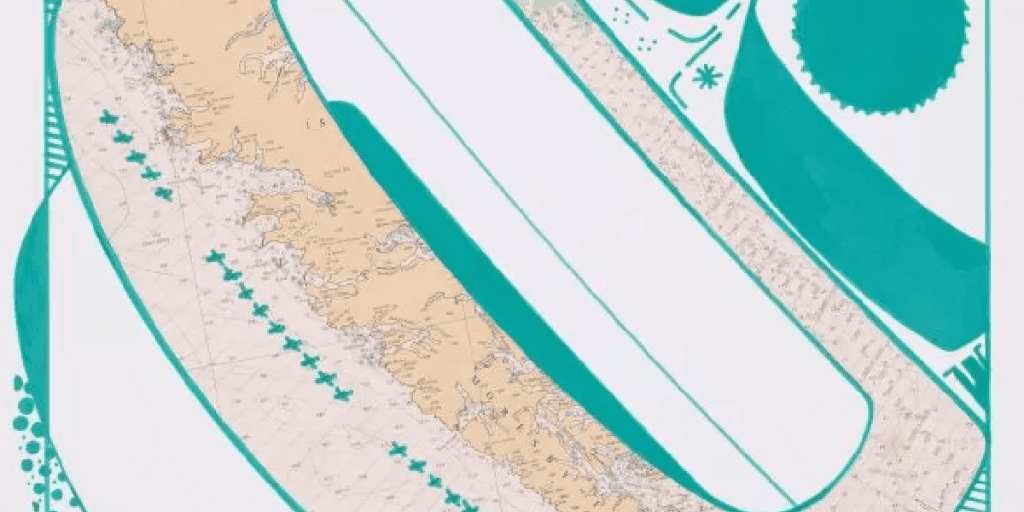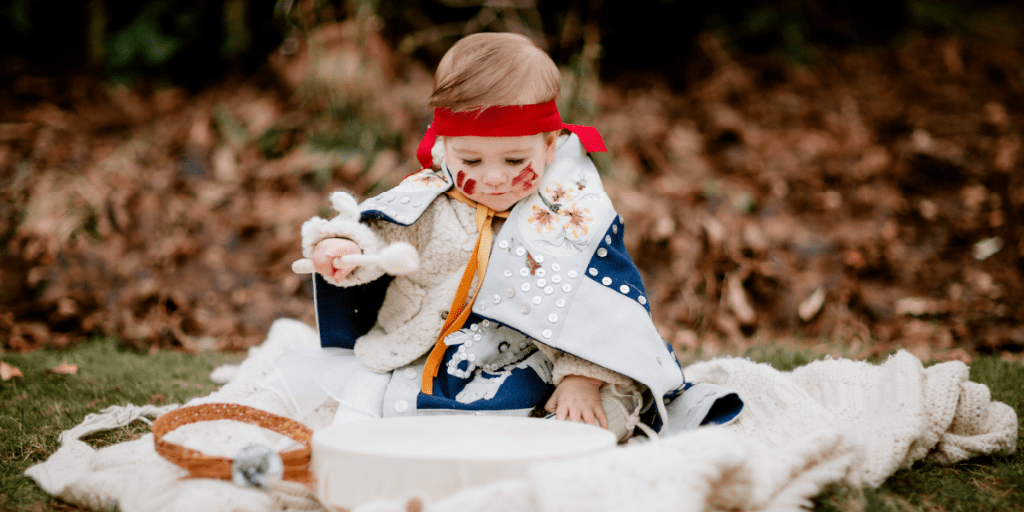Convincing a stone to become something else is no small task; it’s noisy, it’s dusty, it’s dirty. It is my labour of love.
Most of us have thrown one, kicked one, stepped over or removed one—overlooking the simple beauty, sidestepping the infinite possibilities of the rock. Not me. There’s always a rock in my pocket.
By choosing stone as my medium, I connect to the environment—the backbone of our planet and primal medium that unites us all. With much respect for the density and permanence of stone, I introduce movement and light, breathing life into it with strong, sensual curves and changing angles. Using light from the passing sun, shadows dramatically change the stone into sculpture—drawing the eye in and altering the perspective of the audience in relation to the stone and expanding individual thought. Transforming the way we look at simple, everyday objects can change the way we look at the world.
For six years, I have been continuously creating work out of my Quadra Island studio and participating in large-scale stone sculpture symposiums. After the first symposium, in Saint John, New Brunswick, I transformed a 15-tonne hunk of granite on Prince Edward Island. It was my first solo project. The vision for the sculpture was that of the lost child, a sensitive tribute to love and loss for the International Children’s Memorial Place. Through the overwhelming, heartfelt connection between the piece and visitors to the park, I realized the power of art on a monumental scale.
After three events in the Maritimes, I returned to the West Coast and continued my work from Quadra Island. In 2018, I was invited to an international sculpture symposium in Italy and honoured to be the first Canadian in 20 years to participate in this annual event. After Italy, I continued to Germany, and returned to Italy for two more symposiums the following year. While there, I created public art with a diverse community of international sculptors, and spent a month of independent studies in the marble capital of the world, Carrara, Italy.
International stone sculpture symposiums are the ultimate platform to gather and share knowledge for a change in perspective. They are artistic explosions of like-minded people creating, sharing, and breaking bread on an international scale. Learning and laughing while exposed to a beautiful array of skills, tools, techniques, cultures, and trusted intergenerational knowledge. Through these experiences I have found my rock people—my family.
My most recent adventure took me to Nepal, where I participated in an international sculpture symposium hosted by The Galkot Art Foundation and the Nepalese government. There, I worked with 15 other artists from 11 countries, sculpting stones on a mountain top in the Himalayas—an endeavour that took seven years of planning. It was a sensory experience like no other. A beautiful country full of colour, scents, singing, dancing, ceremony, laughter, smiles, and kindness. Their ingenuity, resourcefulness, and total generosity is truly a humbling example for the world.
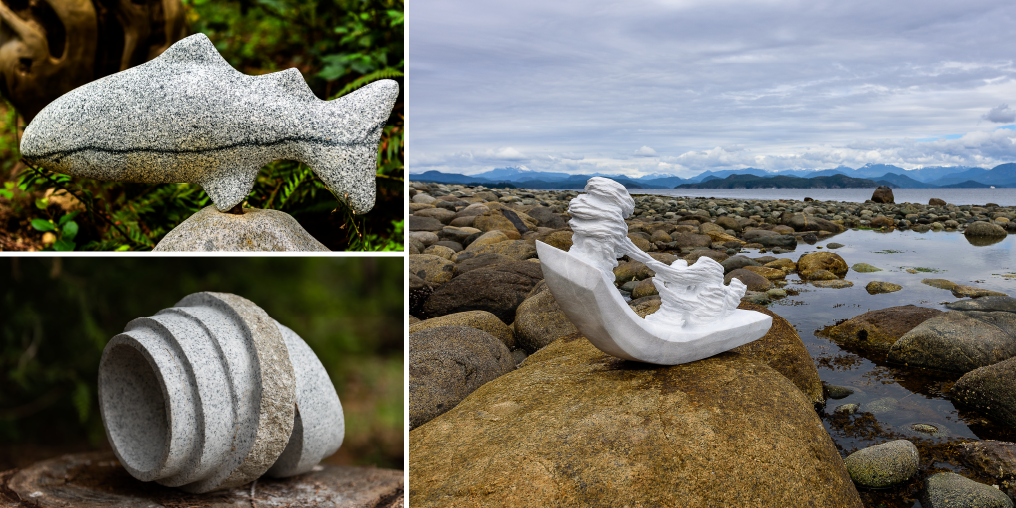
Today, as the global pandemic continues, our blissful globetrotting sculptor movement to inspire, motivate, and change the face of the world through public art has (hopefully temporarily) come to an end. But this is where adaptation begins.
Inspired groups of symposium organizers developed the first online international sculpture symposium, with the theme “Social Distancing.” All were invited to apply, in any medium (such as stone, metal, clay or wood). Sixty international artists did just that. Fifteen were chosen as finalists, and two prizes were to be awarded: 1st place by jury and the other by public vote.
At first, I wasn’t sure whether I should apply because of where I live—our little island of paradise on the west coast of Canada. What could I possibly say about social distancing when gardening, growing our own food, and clean air and water are in ample abundance? Fresh from Nepal and eager to keep my momentum going while stuck at home with a personal 14-day quarantine, I applied. I realized that I could look at this time as a gift, and use my passion and this platform to have a voice.
My project for the online symposium was titled “Same Boat?” The sculpture is imbalanced and full of tension. It speaks to the differing global effects of the privileged and the disadvantaged. Some will never feel the full effects of the world’s pandemic, while vulnerable masses weather an economic meltdown and battle for human rights. They dream of a better life—one where change is possible. The piece presents a delicate balance between moving forward and rocking backwards—continuing to drown the minority in a reality where economic rule outweighs the value of human life. “Same Boat?” was awarded honourable mention from the jury.
Art is about finding beauty in uncommon places. My art created something out of nothing. It is a story of the past, a statement of its presence, and an inspiration to the future.
To learn more, visit julieglaspy.com.

